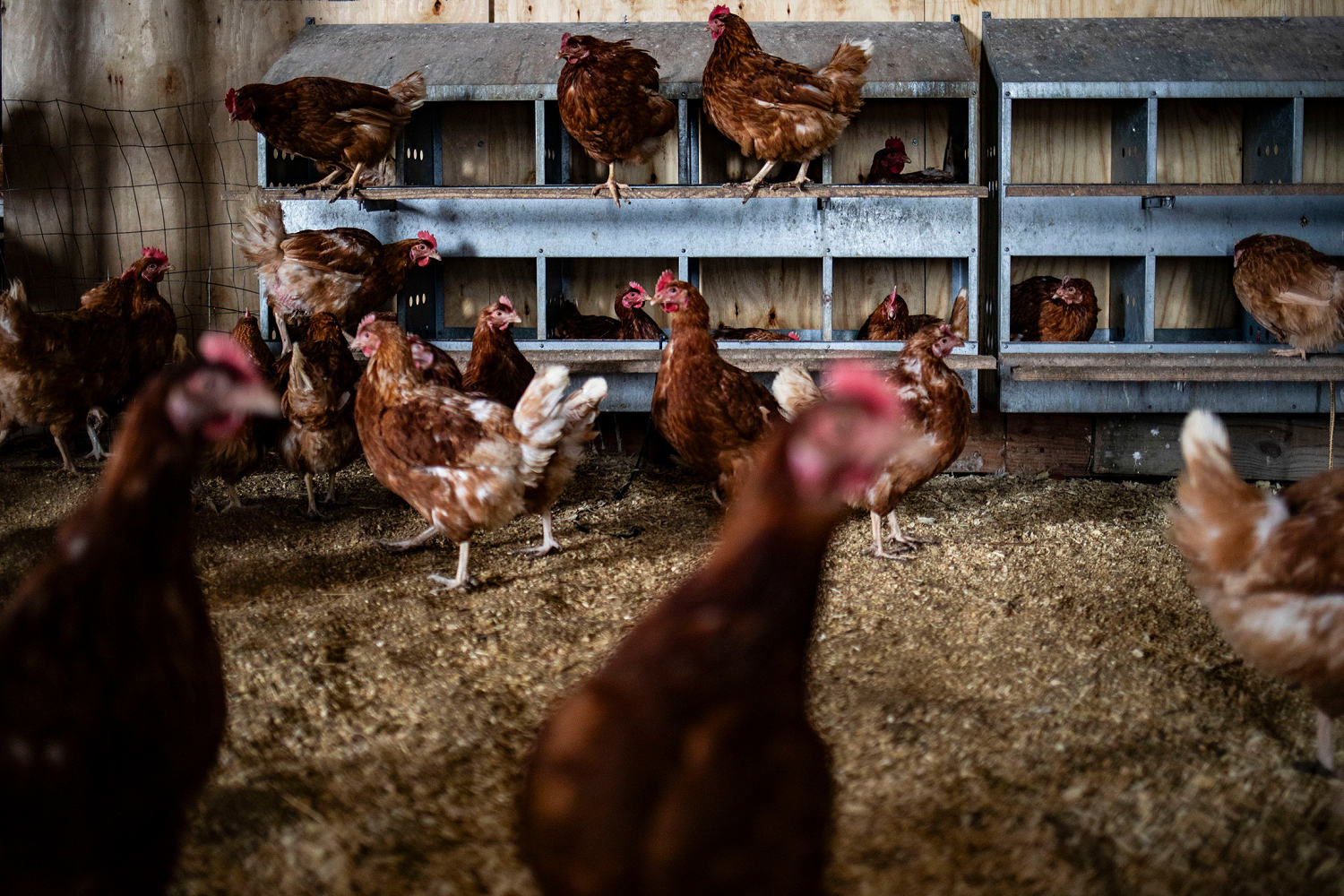The current outbreak has also been notoriously difficult to predict and contain, jumping to cattle for the first time last year and spreading to other species. Limited data on cases and testing has made it even harder to track the virus’s spread and evolution, experts said, which could mean the virus could surge and new variants could emerge with little warning.
“We cannot let our guard down — now is not the time to do that,” said Stacey Schultz-Cherry, an influenza researcher at St. Jude’s Children’s Research Hospital.
Wild birds are a major pathway for the virus when they land and mingle with domestic animals. Schultz-Cherry warned that the birds currently migrating northward might introduce new variants of the virus from South America to the U.S., giving the virus more opportunities to evolve in potentially dangerous ways. “That’s what we worry about — is this something new?”
Variants of concern have already been emerging. In March, the U.S. confirmed the detection of a bird flu variant known as H7N9 on a Mississippi poultry farm. It was the first time since 2017 that the strain — which is especially deadly to humans — had been detected in a commercial U.S. poultry flock. In January, another variant linked to a handful of severe and fatal human infections was found in U.S. cattle for the first time.
This week, more than 140 staff members from the FDA’s Center for Veterinary Medicine, which oversees animal food and medicine, were among the roughly 10,000 staff terminated from the Department of Health and Human Services, according to Alex Saint, who was an FDA communications specialist until she, too, was terminated. The cuts are part of the Trump administration’s broader effort to shrink the federal government.
The FDA has become increasingly involved in the bird flu response as the virus has spread beyond birds. More than 120 domestic cats have been infected with bird flu since 2022, according to the U.S. Agriculture Department, and FDA staff helped link some of the cases to raw pet food.
The agency also helped to develop better diagnostic tests for the virus and has conducted extensive bird flu studies showing that pasteurization effectively inactivated the virus, making milk products safe for consumption.
Already, the staff cuts prompted the FDA to suspend an effort to improve testing of pet food and dairy products for bird flu, according to a person familiar with the matter who was not authorized to speak to the media and who spoke to NBC News on the condition of anonymity.
“It’s nothing short of devastating to veterinary medicine,” said Dr. K. Fred Gingrich II, executive director of the American Association of Bovine Practitioners, which represents cow veterinarians. “They were absolutely critical — not just for the bird flu response, but for developing protocols for research and drug development.”
The Department of Health and Human Services said in a statement that the cuts were limited to administrative staff and intended “to make the agency more efficient and responsive.”
“The FDA and HHS continue to prioritize public health and animal health, including ongoing efforts to monitor and respond” to bird flu, the agency added.
In February, the USDA accidentally fired officials working on bird flu and then moved to rehire them. Later that month, the agency announced a $1 billion effort to combat the virus and lower egg prices.
The risk remains low to the public, with 70 confirmed human cases in the U.S. and one death. But the unchecked spread of bird flu increases the chances that the virus could mutate into a strain that is far more deadly to humans and easily transmissible among them.
Experts warn that the broader Department of Health and Human Services cuts also could hamper the country’s ability to track and contain the virus among both humans and animals, particularly when outbreaks spread across state lines.







